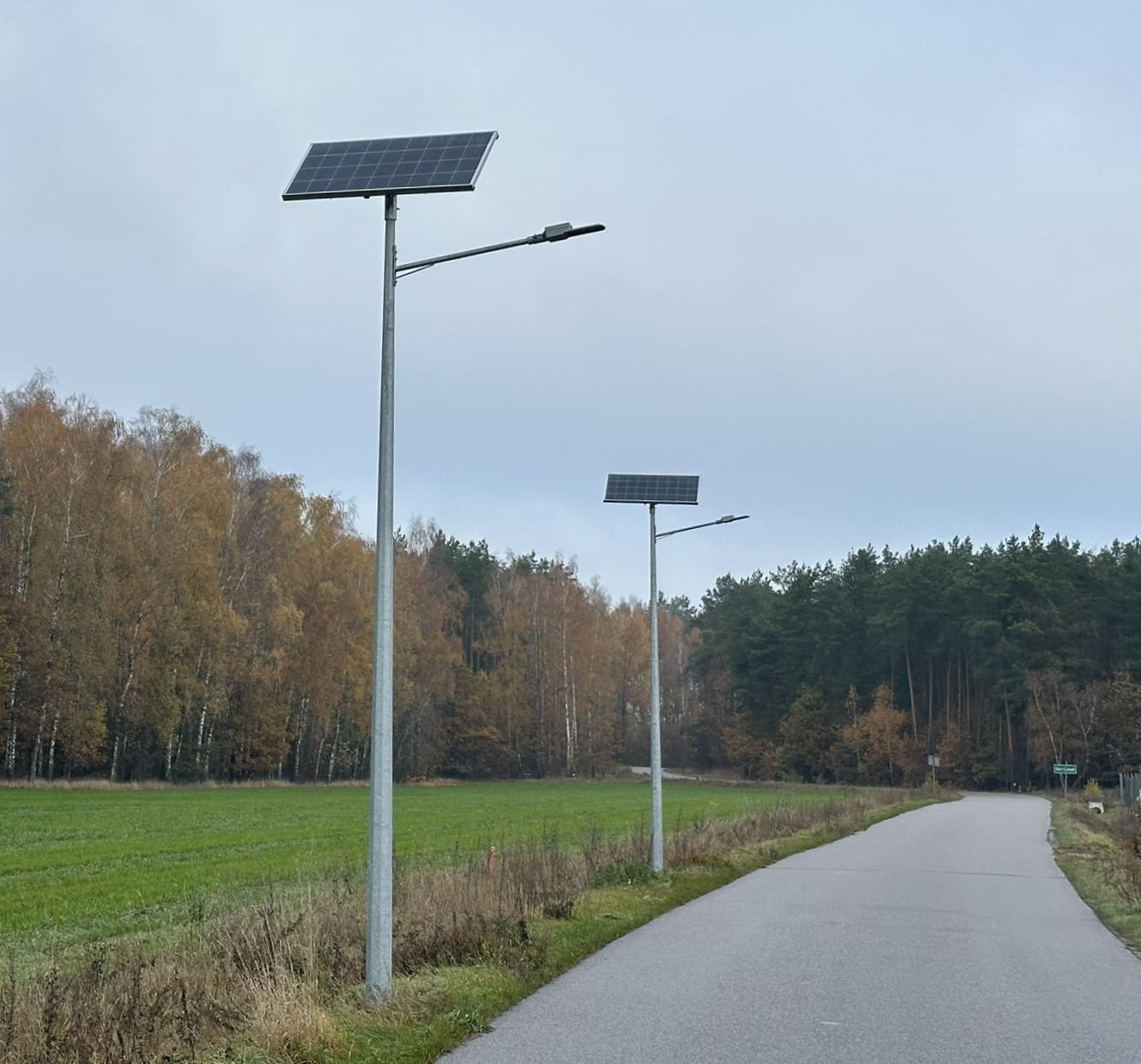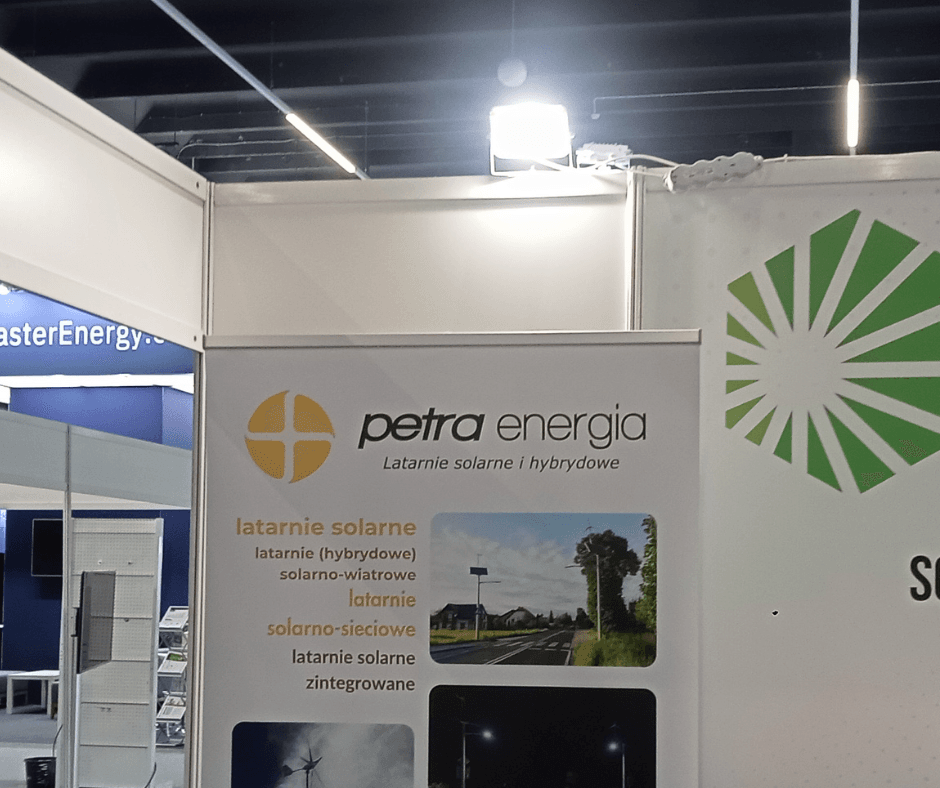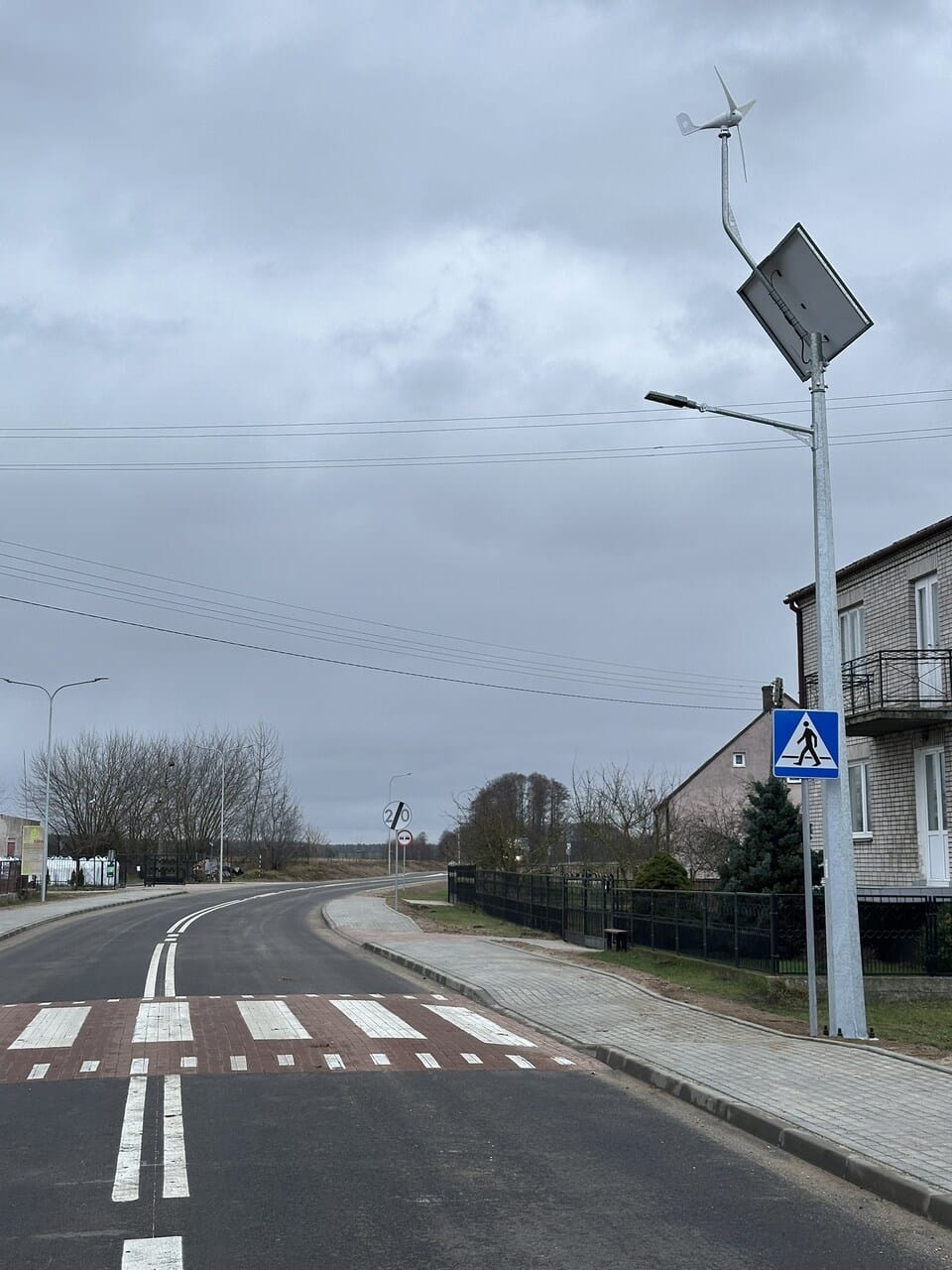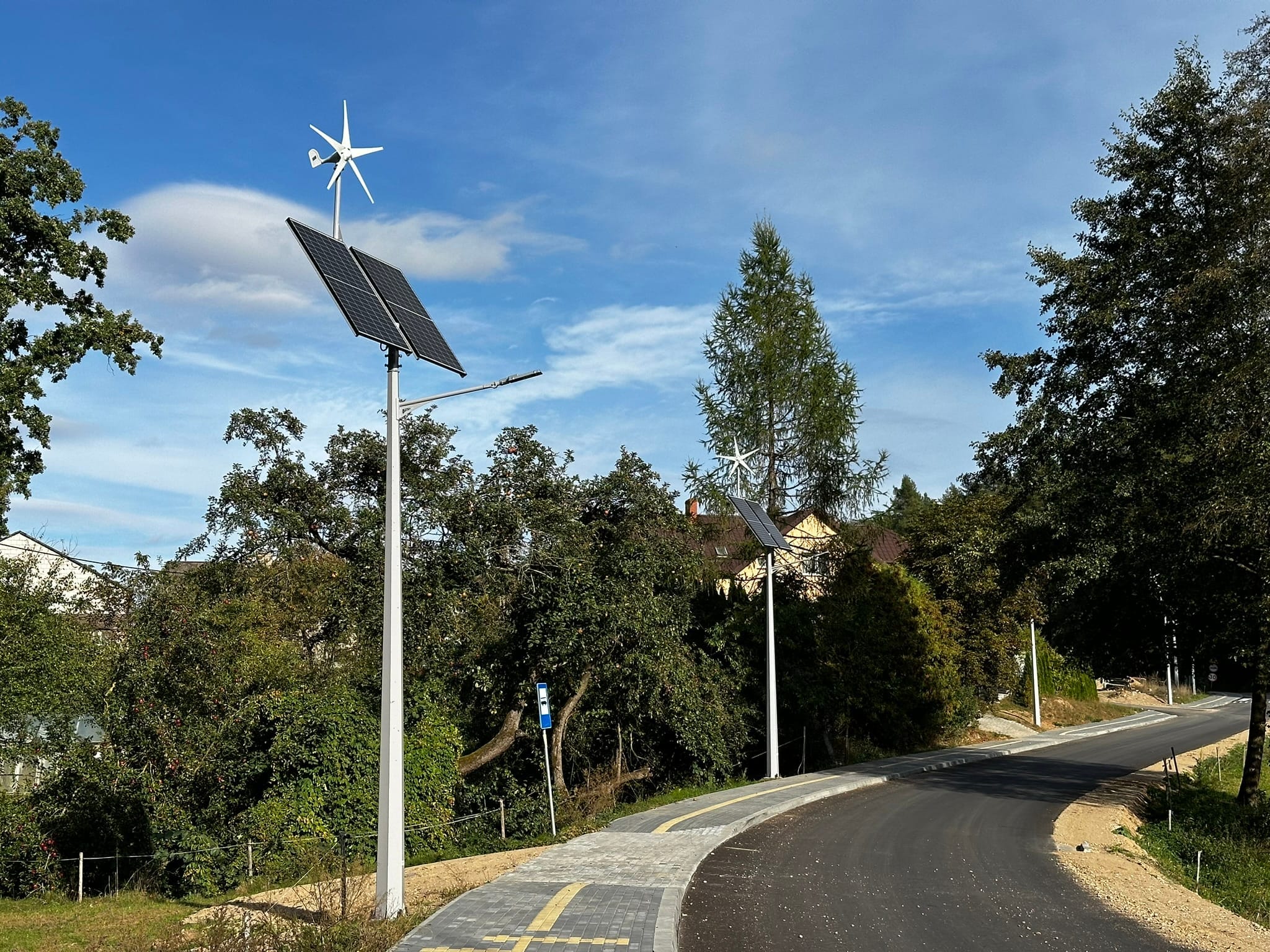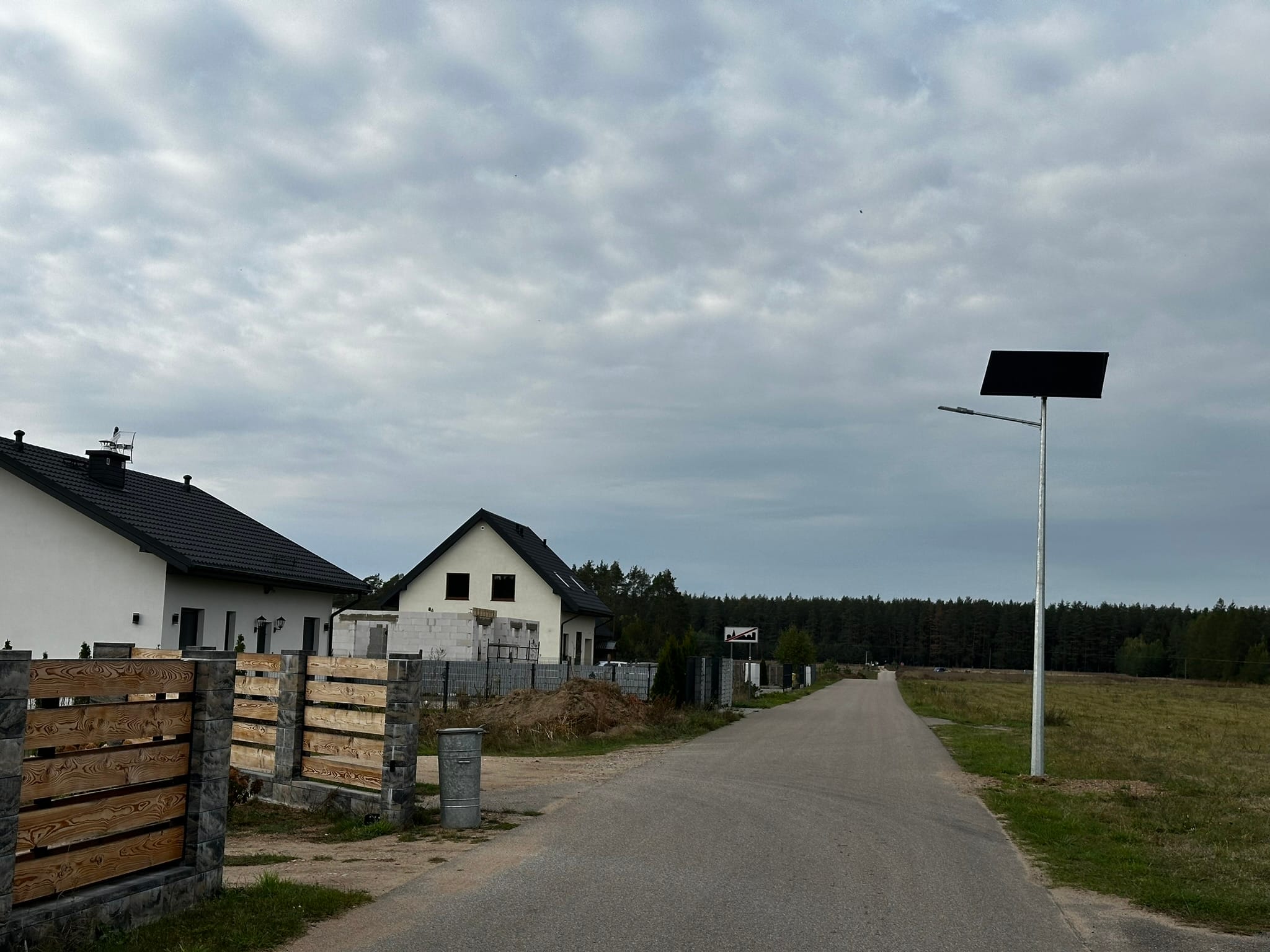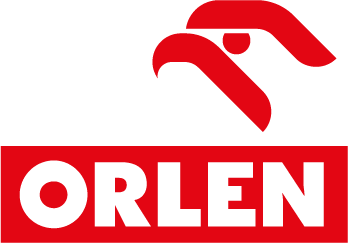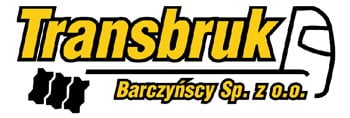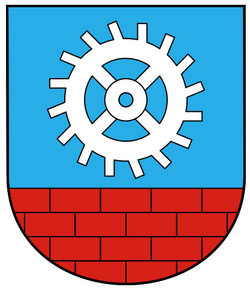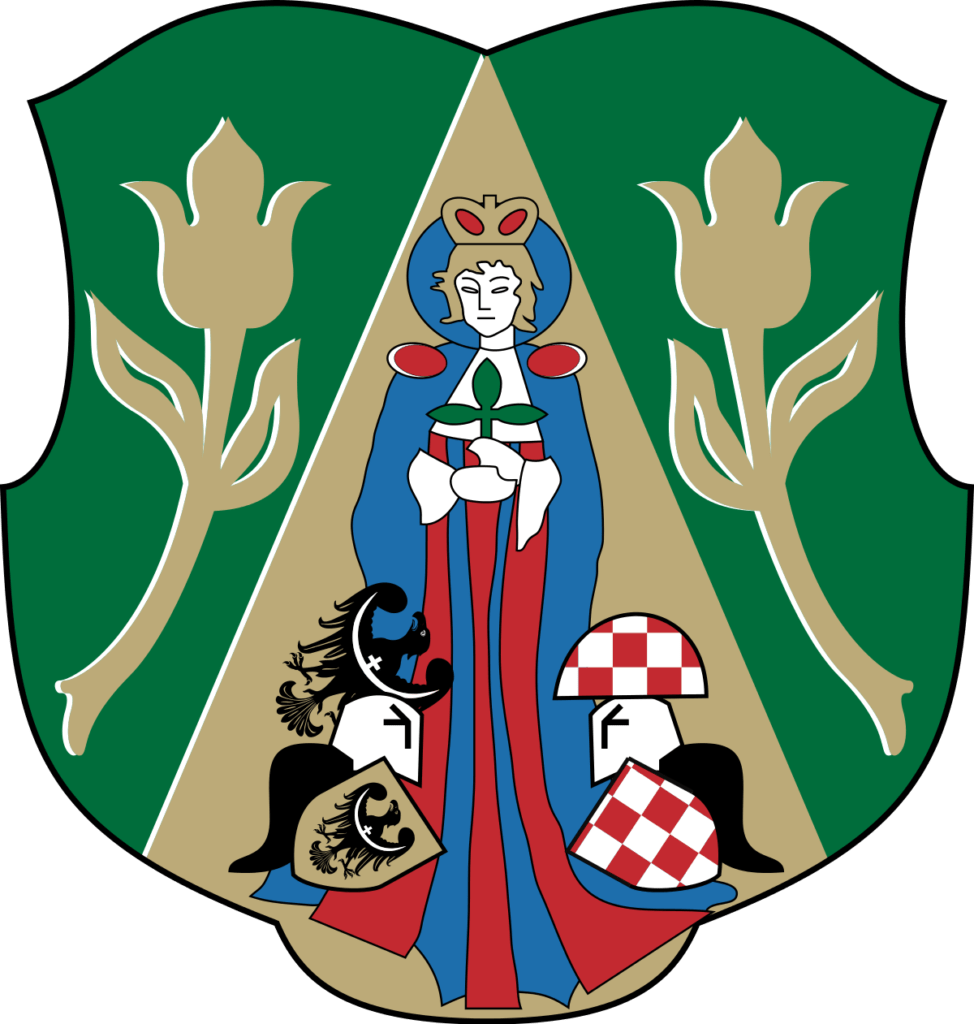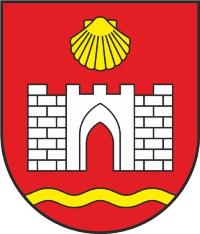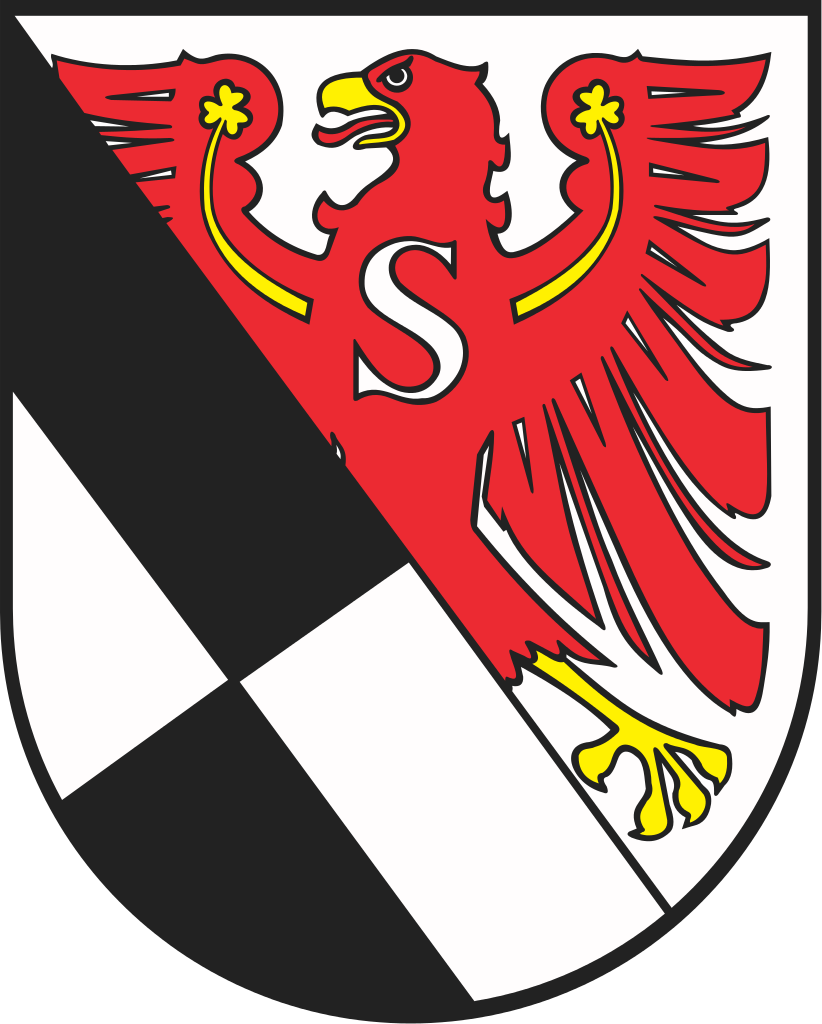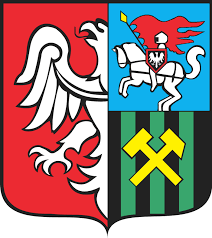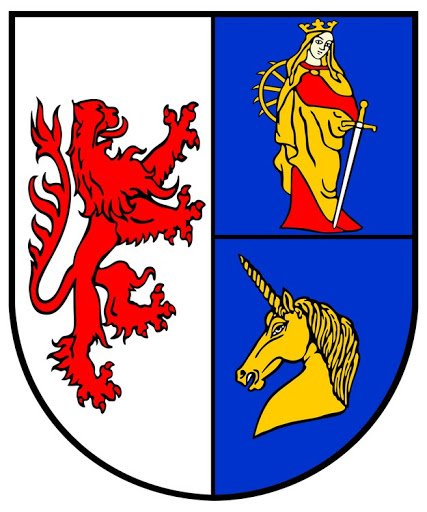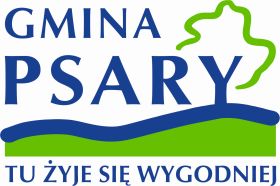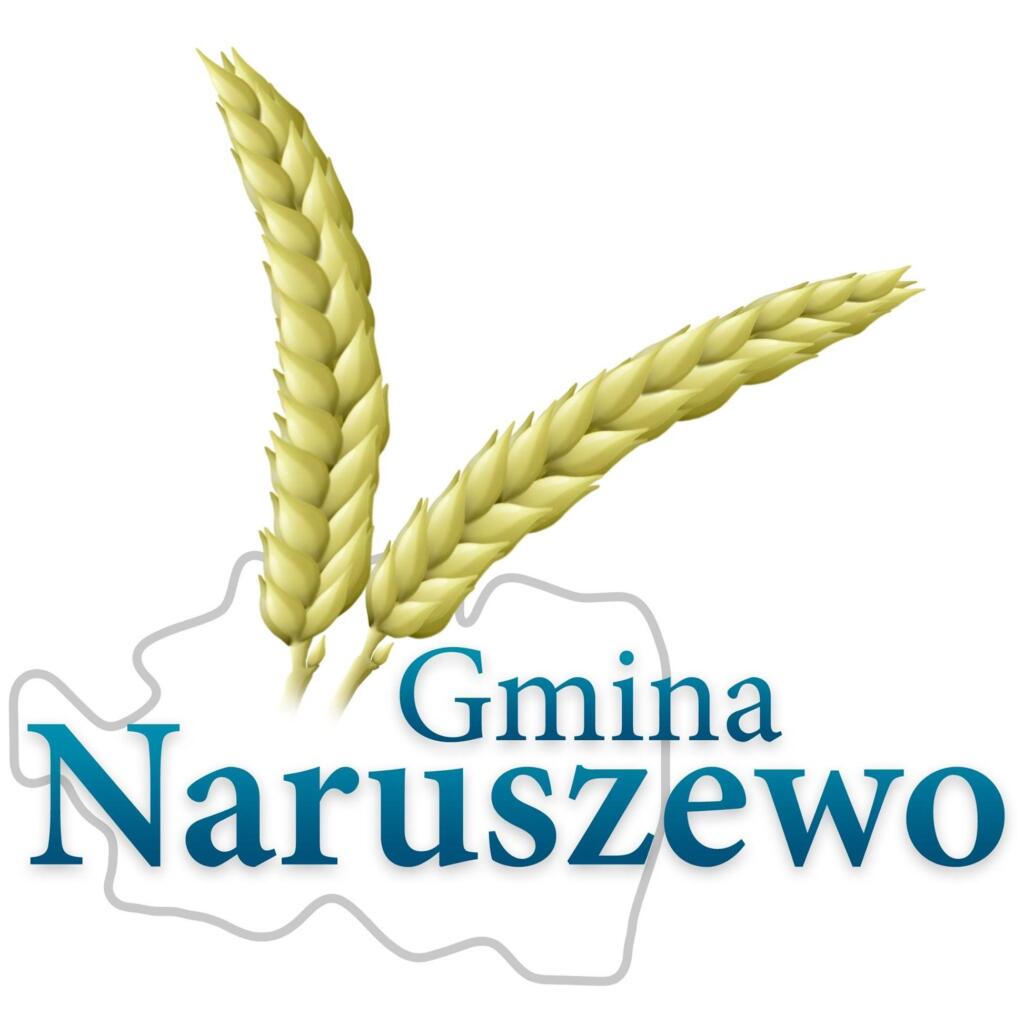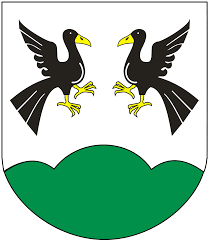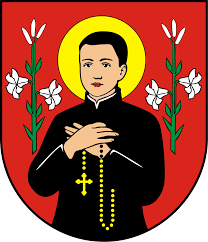
Turbiny wiatrowe w latarniach hybrydowych są coraz częściej stosowane jako sposób na zwiększenie wydajności i efektywności energetycznej tych instalacji. Latarnie hybrydowe to systemy oświetleniowe, które łączą w sobie różne źródła energii, takie jak energia słoneczna, wiatrowa i/lub zasilanie sieciowe. In this context, wind turbines play a key role.
Turbiny wiatrowe w latarniach hybrydowych mają na celu wykorzystanie energii wiatru do generowania elektryczności, która jest wykorzystywana do zasilania latarni ulicznych. Te turbiny zazwyczaj mają niewielkie rozmiary i są zamontowane na szczycie słupa oświetleniowego. They work by using a gust of wind to drive a rotor, which drives the generators. What other advantages do turbines have?
- They are effective at night and in cloudy weather – Wind turbines can generate power regardless of the sunlight, which is especially beneficial at night or on cloudy days when photovoltaic panels are less effective.
The integration of wind turbines with the solar system increases the continuity of power supply, which affects the reliability of lighting.
- Adapt to climate conditions – Hybrid systems can be designed to make optimal use of both wind and solar energy, depending on local climate conditions.
Wind turbines can operate over a wide range of wind speeds and directions, making efficient use of local wind conditions.
- Vertical axis VAWT turbines – They are more resistant to changes in wind direction and can operate effectively in areas with variable wind direction.
They are also quieter and can be installed closer to the ground.
- Horizontal Axis HAWT Turbines – Horizontal axis turbines are more efficient and can generate more energy at the same wind speed. They are most effective in areas with constant and strong winds.
Turbiny wiatrowe w latarniach hybrydowych stanowią ciekawe rozwiązanie, które pozwala na wykorzystanie energii wiatru w obszarach o znacznej wietrzności gdzie mogą znacznie poprawić efektywność działania latarni solarnych. Odpowiednio zaprojektowane i zainstalowane mogą przyczynić się do zmniejszenia emisji gazów cieplarnianych oraz kosztów energii elektrycznej.
What are the most common challenges associated with hybrid lighting along with a wind turbine?
Noise – Wind turbines can generate noise that can be a nuisance in densely populated areas. Modern technologies and materials can help reduce noise and vibration.
Wind turbines in hybrid lanterns provide an innovative and sustainable solution for modern lighting systems. The integration of wind and solar power improves the reliability and efficiency of lighting systems, especially in changing climatic conditions. While there are challenges to installing and maintaining the turbines, the environmental and economic benefits make them an attractive choice for many municipalities. Choosing the right type of turbine, robust construction and mounting are key to the success of such systems.
Powrót do bloga
